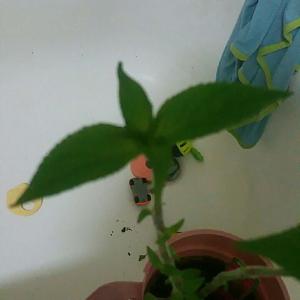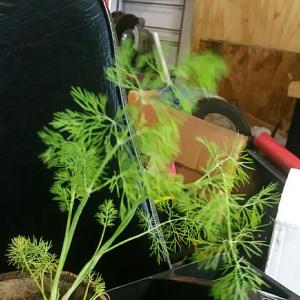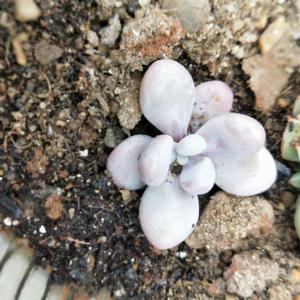文章
Miss Chen
2018年04月14日

Shallots, the mild-tasting onions favored by the French, can be expensive to buy at the grocery store but grow easily in a home garden. If you can grow onions, you can grow shallots. All you need is well-drained soil, rich in organic matter, plenty of moisture and a few shallot sets from the grocery store. Shallots mature over the course of one summer, producing a set of small onions, rather than one large onion. Harvest them for use in sauces or savory dishes but save a few to plant for the following spring.

Step 1
Buy French shallots from the grocery store. Look for shallots that have firm, dry skins and are heavy in size. Avoid those with soft or sunken spots. Make sure you are buying true French shallots, rather than multiplier onions, which do not taste like shallots.
Step 2
Pull apart the shallot clusters to form individual bulbs. Some vendors sell individual shallots, rather than clusters, eliminating this step.
Step 3
Spread 3 inches of compost over the garden area. Dig it into a depth of 8 inches with a shovel. Plant shallots in early spring as soon as the soil is soft enough to work. Plant them 2 inches deep, with the pointed end up, and 6 inches apart.

Step 4
Water the soil frequently to keep it evenly moist but not soggy. Pull weeds by hand early because shallots don't compete well with them. A weedy garden bed diminishes yields.
Step 5
Harvest shallots in the fall when the leaves have died back. Dig them up, brush off the earth and allow them to cure in a dry location for several days. Store them in mesh bags or baskets.

Step 1
Buy French shallots from the grocery store. Look for shallots that have firm, dry skins and are heavy in size. Avoid those with soft or sunken spots. Make sure you are buying true French shallots, rather than multiplier onions, which do not taste like shallots.
Step 2
Pull apart the shallot clusters to form individual bulbs. Some vendors sell individual shallots, rather than clusters, eliminating this step.
Step 3
Spread 3 inches of compost over the garden area. Dig it into a depth of 8 inches with a shovel. Plant shallots in early spring as soon as the soil is soft enough to work. Plant them 2 inches deep, with the pointed end up, and 6 inches apart.

Step 4
Water the soil frequently to keep it evenly moist but not soggy. Pull weeds by hand early because shallots don't compete well with them. A weedy garden bed diminishes yields.
Step 5
Harvest shallots in the fall when the leaves have died back. Dig them up, brush off the earth and allow them to cure in a dry location for several days. Store them in mesh bags or baskets.
0
0
文章
Miss Chen
2018年04月14日

Believe it or not, watermelons are actually vegetables and members of the cucumber and squash family. Regardless of what you call them though, watermelons place second only to tomatoes in the home garden for highest concentrations of lycopene. Lycopene is an antioxidant that reduces the risks of many diseases, including some cancers and cardiovascular diseases. So eat up your watermelon and reap its benefits. But alas, this may be difficult if your watermelon is not ripe. While it's best to let watermelon ripen in the field, you have one last resort to help it along if necessary.

Step 1
Leave the watermelon alone to ripen on the vine. The biggest indicator that a watermelon is ripe is the bottom where it sits on the ground. It must be a cream or yellow color, not green or white. Other signs that a watermelon is ripe include: a pale green color between the stripes, a dry and curvy tendril, a smooth rind and round edges.
Step 2
Wrap a picked, unripe watermelon in a paper bag. This could help it ripen some if you inadvertently obtained a melon that does look ripe.

Step 3
Store it at room temperature, not in refrigerator. Check every few days to see if the watermelon has ripened.

Step 1
Leave the watermelon alone to ripen on the vine. The biggest indicator that a watermelon is ripe is the bottom where it sits on the ground. It must be a cream or yellow color, not green or white. Other signs that a watermelon is ripe include: a pale green color between the stripes, a dry and curvy tendril, a smooth rind and round edges.
Step 2
Wrap a picked, unripe watermelon in a paper bag. This could help it ripen some if you inadvertently obtained a melon that does look ripe.

Step 3
Store it at room temperature, not in refrigerator. Check every few days to see if the watermelon has ripened.
0
0





















